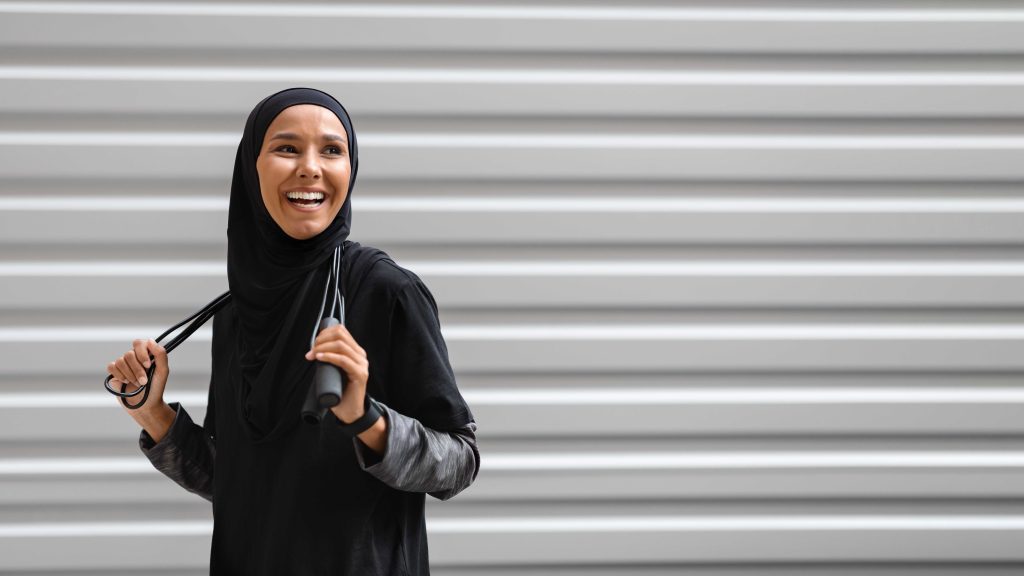Couture and Culture – Merging Worlds in the Realm of Khimar Fashion
In the ever-evolving landscape of fashion, one trend that has garnered attention for its fusion of tradition and modernity is the emergence of Khimar fashion. The Khimar, a traditional Islamic garment worn by women to cover the body and face, has transcended its religious and cultural roots to become a symbol of couture and cultural diversity. Khimar fashion is not merely a style it is a statement that blends religious modesty with contemporary aesthetics. Designers around the world have started incorporating Khimar-inspired elements into their collections, recognizing the beauty in the diversity of global cultures. This merging of worlds is not only reshaping the fashion industry but also challenging stereotypes and celebrating inclusivity. Designers are exploring innovative ways to reinterpret the traditional Khimar, using luxurious fabrics, intricate embellishments, and cutting-edge silhouettes. The once-conventional black garment has transformed into a canvas for artistic expression, with designers experimenting with a myriad of colors and patterns. This evolution reflects a broader shift in the perception of modest fashion, emphasizing that covering up can be just as empowering and stylish as revealing.

Through these designs, fashion becomes a medium for cross-cultural dialogue, fostering understanding and appreciation for diverse traditions. It challenges preconceived notions and breaks down barriers, illustrating that fashion can transcend religious and cultural boundaries. Moreover, the rise of Khimar fashion contributes to the empowerment of women. By providing modern, stylish options that adhere to religious and cultural values, it allows women to express their identity while navigating the complexities of societal expectations. This intersection of fashion and culture sends a powerful message – that one can be both faithful to tradition and embrace contemporary trends. In the realm of Khimar fashion, inclusivity is not just a buzzword it is a guiding principle. Major fashion events and runways now feature models adorned in Khimar-inspired ensembles, sending a message of acceptance and representation. This not only expands the definition of beauty but also challenges the industry to become more inclusive and reflective of the diversity present in today’s globalized world.
The fusion of Khimar fashion with mainstream couture has also become a powerful tool for cultural exchange. While the merging of couture and culture in Khimar fashion represents progress, it is not without its controversies. Some argue that the commercialization of religious garments may dilute their sacred significance. However, proponents of Khimar fashion maintain that it allows for a reinterpretation that is respectful and inclusive, showcasing the richness of cultural heritage without commodifying religious symbols. The intersection of couture and culture in the realm of Khimar fashion is a testament to the transformative power of fashion. It goes beyond being a trend it is a movement that challenges stereotypes, promotes inclusivity, and fosters cross-cultural understanding. As the fashion industry continues to embrace the diversity of traditions, Khimar fashion stands as a symbol of the evolving narrative in the global conversation about style, identity, and acceptance.